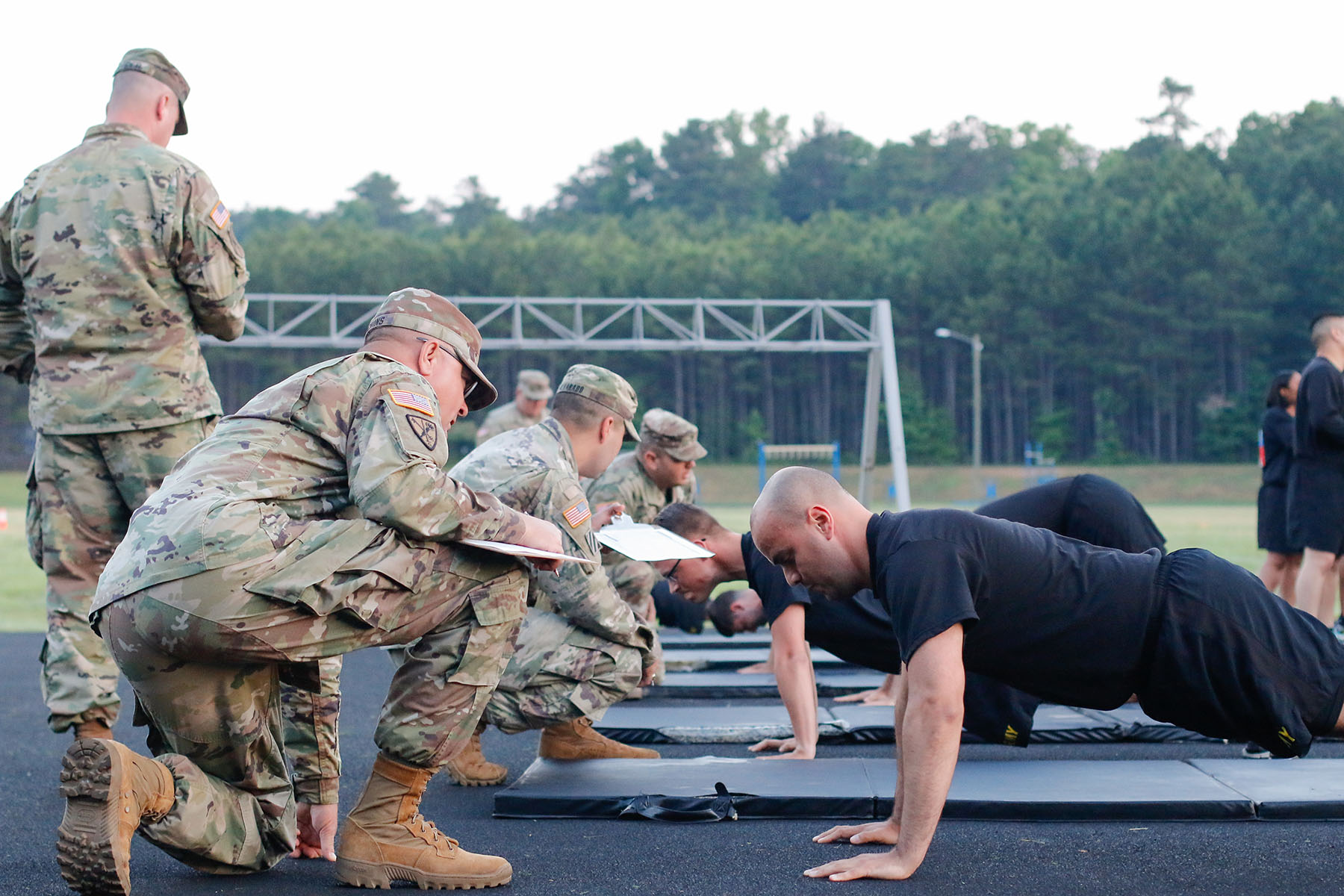Fitness
Rethinking Combat Fitness: Is the ACFT Aligned With Modern Warfare Needs?

In the quest to maintain the world’s premier fighting force, the US Army’s implementation of the Army Combat Fitness Test (ACFT) was a bold stride toward enhancing physical readiness standards.
However, recent insights into the test’s structure suggest it might not be fully aligned with America’s national security needs.
As we evolve in our understanding of what makes a soldier combat-ready, it is crucial to address the current gaps in the ACFT to ensure we are using the full potential of our diverse force.
Reassessing Fitness to Match Modern Combat Needs
The ACFT was designed to provide a comprehensive measure of a soldier’s combat readiness, incorporating various physical tasks meant to simulate battlefield activities. While well-intentioned, this design has inadvertently overlooked key aspects of physical fitness, such as flexibility, which can be critical in modern warfare scenarios.
This modification reflects past adjustments in military fitness testing, like when the US Navy revised its flexibility standards to accommodate differences in performance among service members, notably improving fairness for males who were disproportionately disadvantaged by the original sit-reach test standards.
While flexibility continues to be a critical component of fitness assessments, it remains underrepresented in the current ACFT standards.
The Problem With Overemphasis on Strength
The current ACFT focuses heavily on strength-based tasks, which favor male physiology but overlook other crucial skills like agility and flexibility — areas where female soldiers often excel.
This imbalance not only narrows the definition of fitness but potentially sidelines talents that are vital for the diverse operational demands of contemporary military engagements.
Moreover, the exceedingly high pass rates among male soldiers suggest the test may not effectively challenge all aspects of fitness. This raises concerns about the test’s ability to truly measure combat readiness.
The transition to a gender-neutral test was meant to create fairness. Instead, it highlighted inherent physiological differences that disadvantage women in tests focused heavily on raw strength.
This isn’t merely a matter of passing and failing. The current fitness standards affect career trajectories and operational effectiveness. If our tests disproportionately favor one gender, it raises questions about whether we are truly assessing the full spectrum of our army’s capabilities.
Moreover, adhering to these standards may perpetuate outdated gender stereotypes, implying that women are less capable in combat roles due to inherent differences in strength.
Aligning Fitness Testing With National Security Interests
National security is best served when the military can fully leverage the capabilities of all its members. Previously, the gender-neutral fitness test did not account for significant physiological differences between males and females.
Research, including studies by RAND and other medical investigations, has demonstrated that males and females benefit and from tailored training approaches due to their unique physiology. Therefore, fitness tests should be gender-specific to accurately assess fitness levels across the board.
Ensuring that fitness assessments measure a broad spectrum of physical skills — including those that might traditionally be seen as female strengths, such as flexibility — is essential. Such a balanced approach not only enhances unit readiness but also promotes a more inclusive military culture.

Recommendations for Moving Forward
Broaden the scope of the ACFT: Introduce events that assess flexibility and agility to provide a more comprehensive evaluation of a soldier’s combat fitness.
Separate fitness testing from combat task assessment: Recognize the unique physiological needs based on gender-specific differences and establish fitness tests that are distinct from combat task assessments to ensure effective training strategies.
Regular review and adaptation: Continue refining the ACFT by utilizing empirical data and feedback from all ranks, ensuring it aligns with the evolving demands of warfare and personnel.
Conclusion
As the US Army continues to refine its standards, it is imperative we view the ACFT not just as a measure of strength but as a tool for assessing and cultivating the diverse skills needed in today’s military operations.
Women have always possessed the capability to excel in combat operations, but the societal transition away from discriminatory practices is a gradual process that requires recognition that past biases should no longer influence current policies.
The lifting of the combat ban on women in 2015 was a significant step towards acknowledging women’s capabilities. However, the rollout of the ACFT either inadvertently or deliberately reinforced existing biases concerning women’s combat capabilities.
Combat training and readiness include a broad spectrum of skills such as tactical proficiency, mental resilience, and agility, rather than feats of heavy lifting primarily emphasized by the ACFT.
Combat effectiveness should be assessed separately from fitness standards to help ensure an impartial and comprehensive evaluation of all soldiers. Specifically, women need not match men in strength to excel in combat scenarios.
Instead, the focus should be on ensuring that soldiers, irrespective of gender, meet gender-specific fitness standards tailored to their physiological differences and are effective when conducting combat tasks.
Combat tasks are inherently gender-neutral and should be assessed separately from an individual’s physical fitness. By doing so, we ensure that our force is not only physically prepared but also strategically optimized for the complex challenges of modern warfare, enhancing our national security.
 Amy Forza, an Army Major with 20 years of service, both as an enlisted soldier and a commissioned officer, and as a current master’s student at the University of Oxford, has cultivated a deep understanding of the nuances in military training and fitness assessments.
Amy Forza, an Army Major with 20 years of service, both as an enlisted soldier and a commissioned officer, and as a current master’s student at the University of Oxford, has cultivated a deep understanding of the nuances in military training and fitness assessments.
Her article critiques the current approach to these assessments, highlighting the need for revisions to better reflect the diverse operational demands of modern military engagements and to enhance overall national security.
The views and opinions expressed here are those of the author and do not necessarily reflect the editorial position of The Defense Post.
The Defense Post aims to publish a wide range of high-quality opinion and analysis from a diverse array of people – do you want to send us yours? Click here to submit an op-ed.









